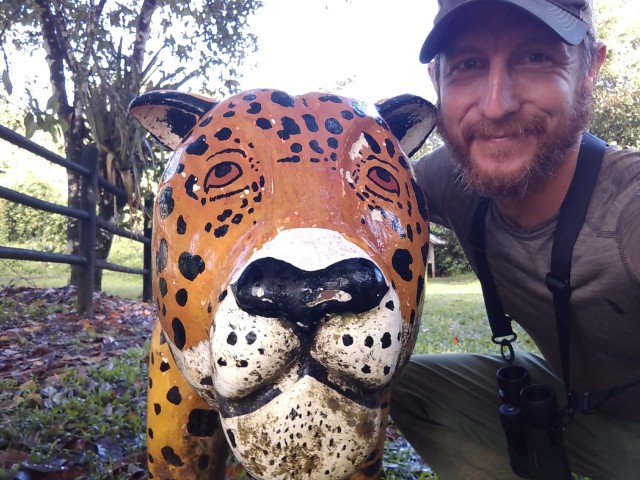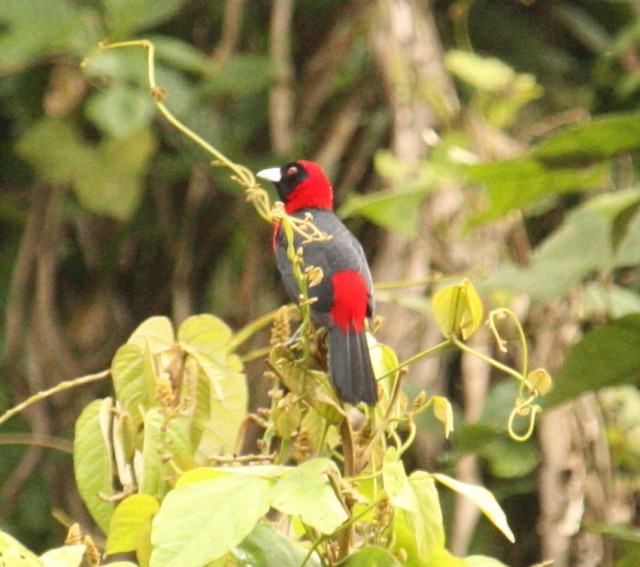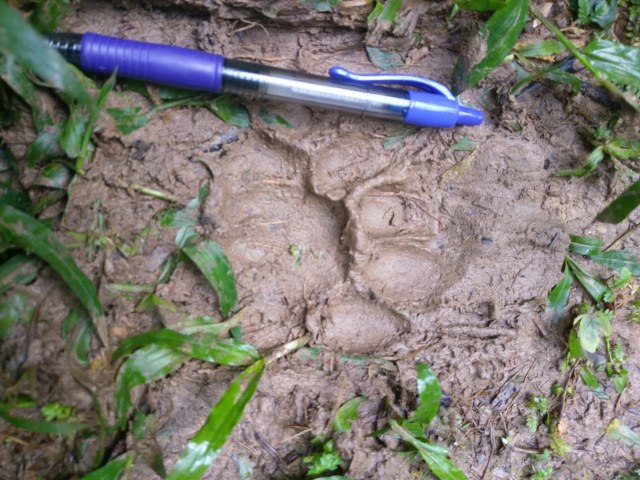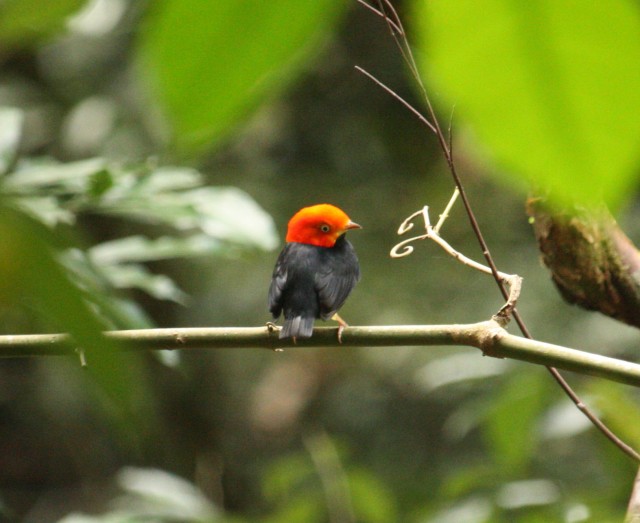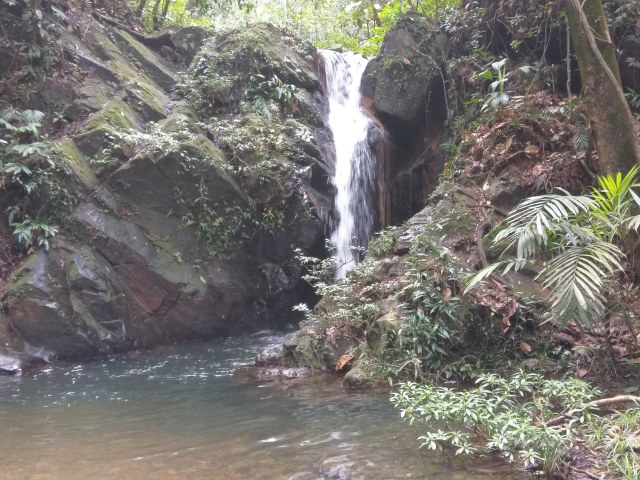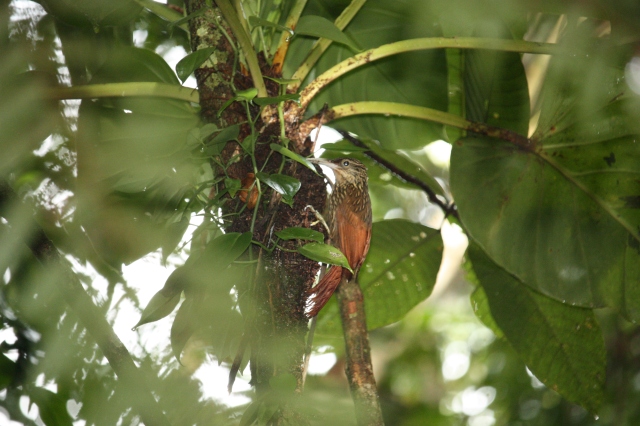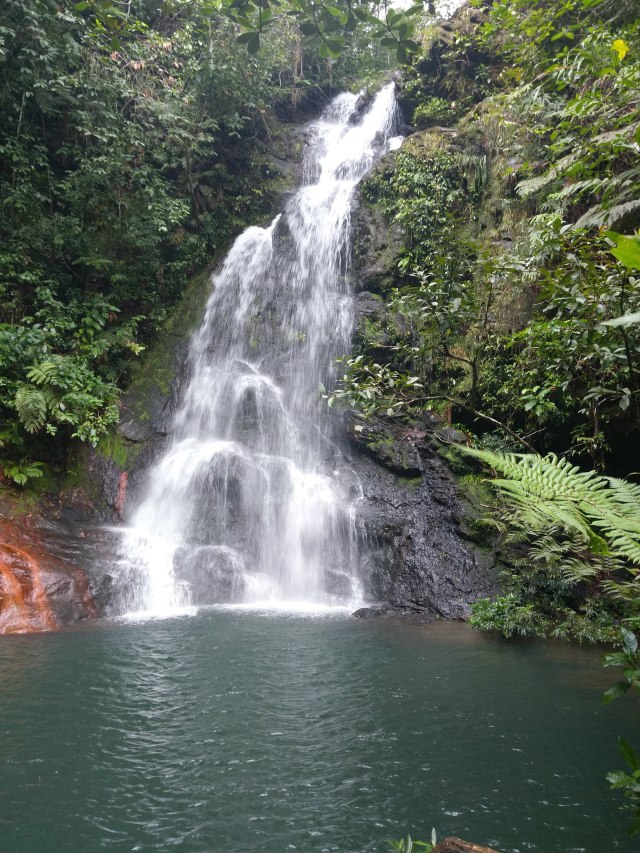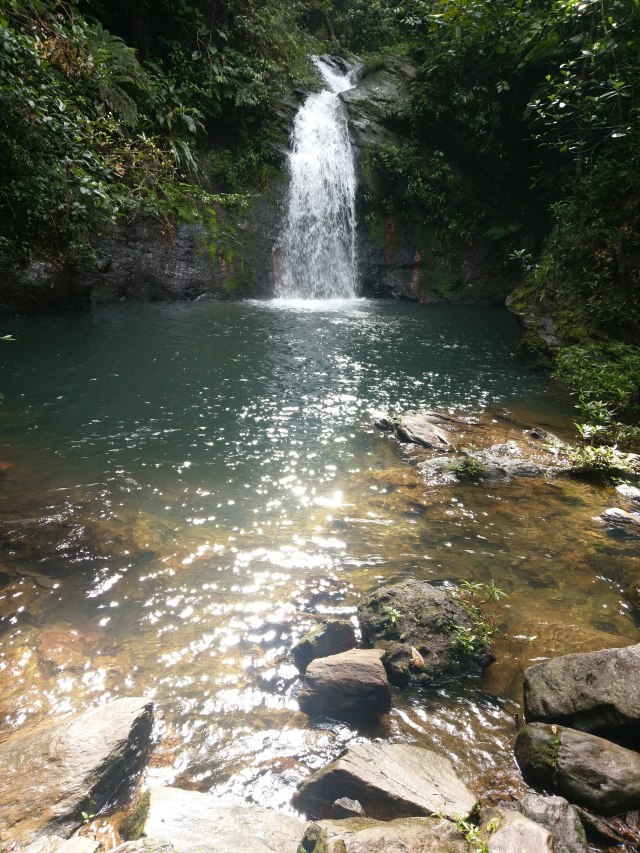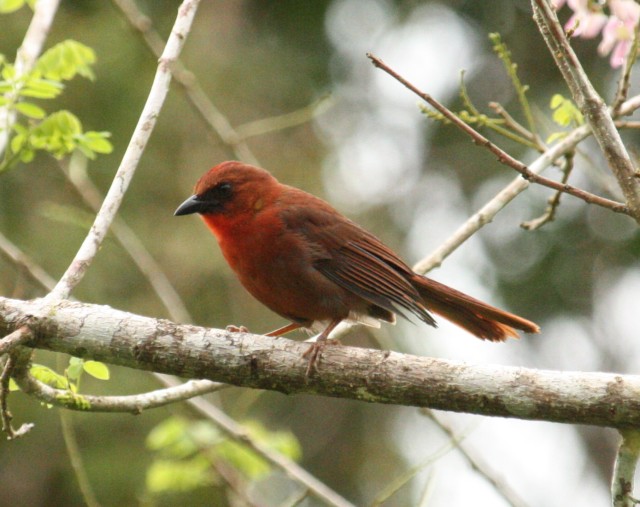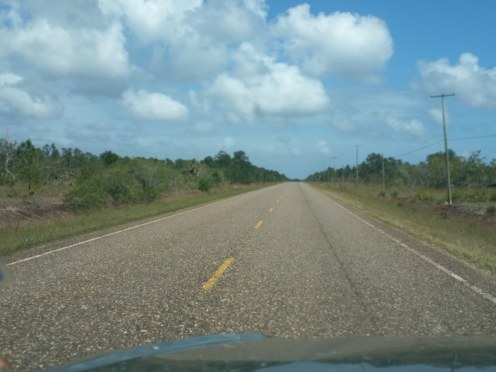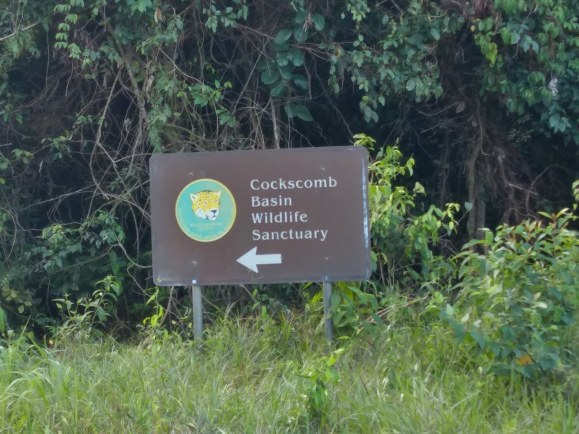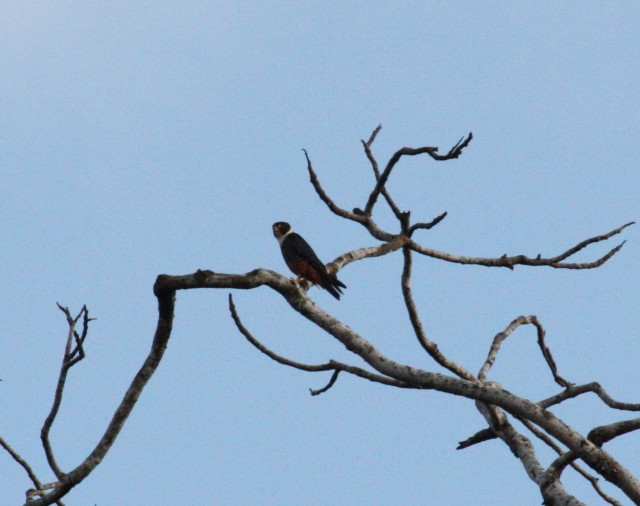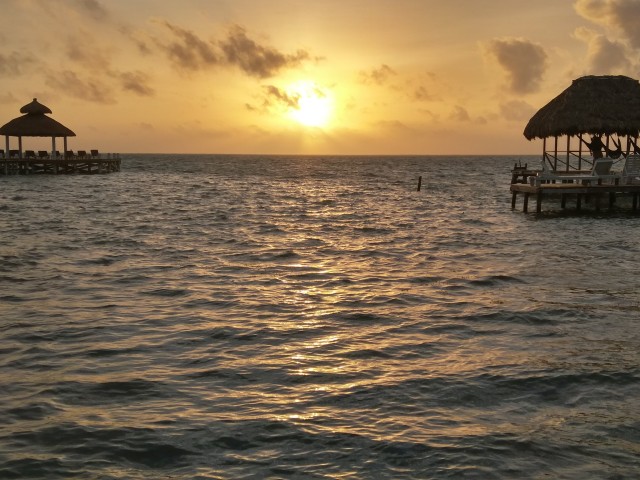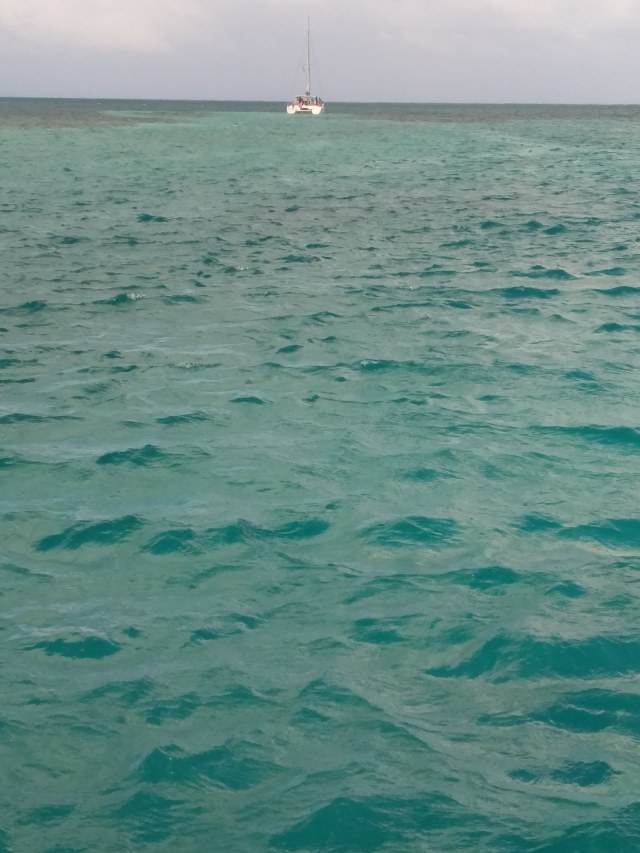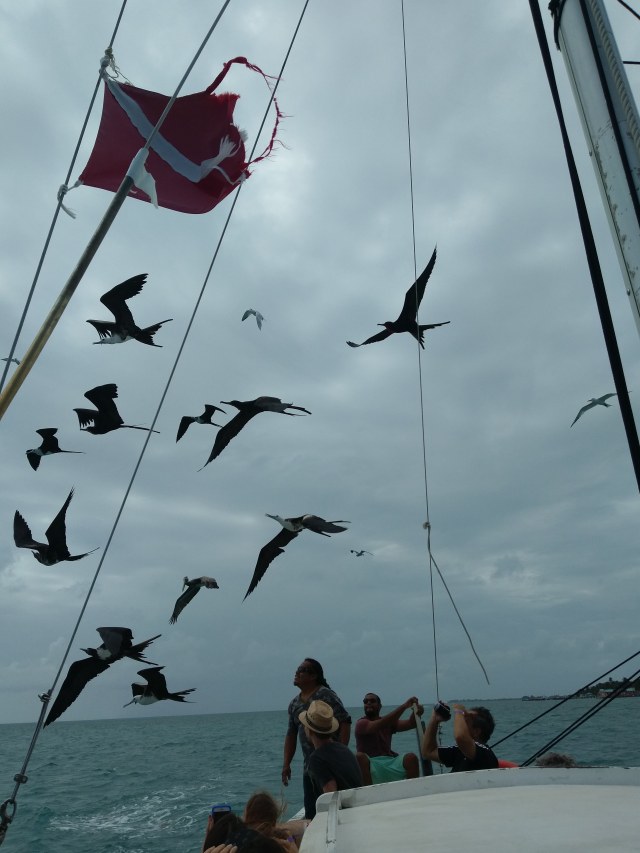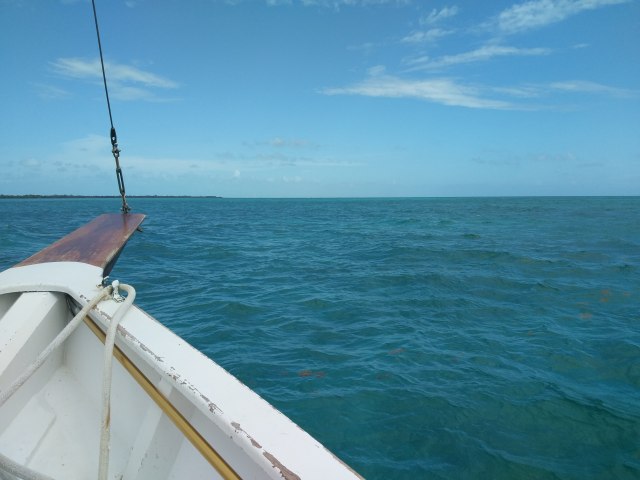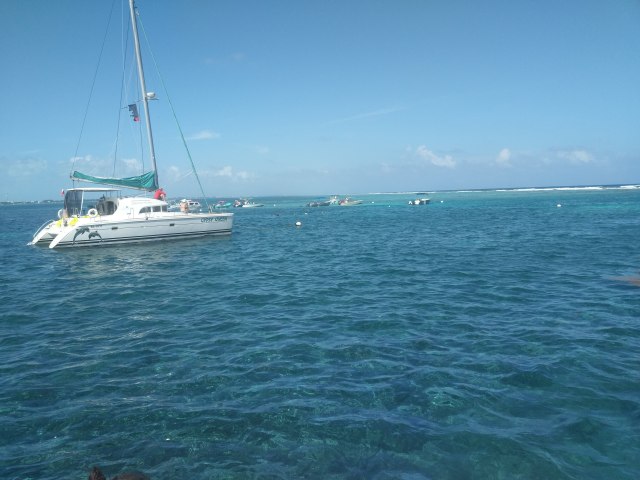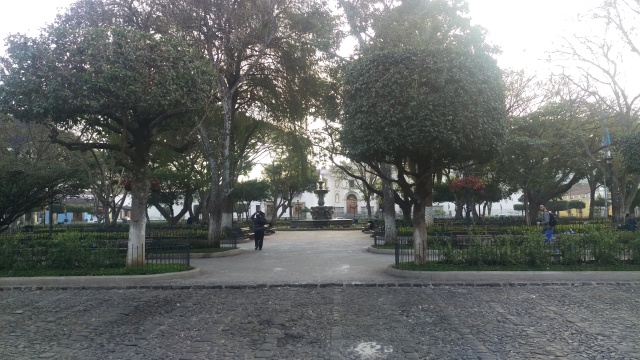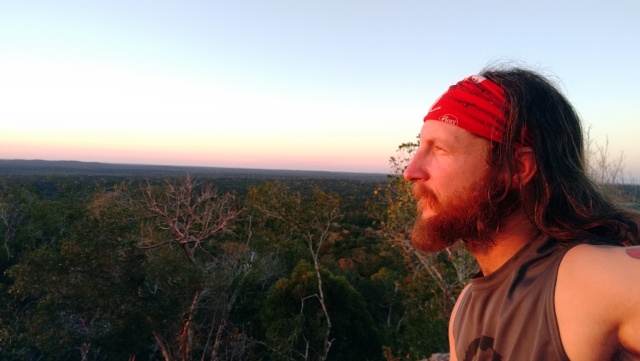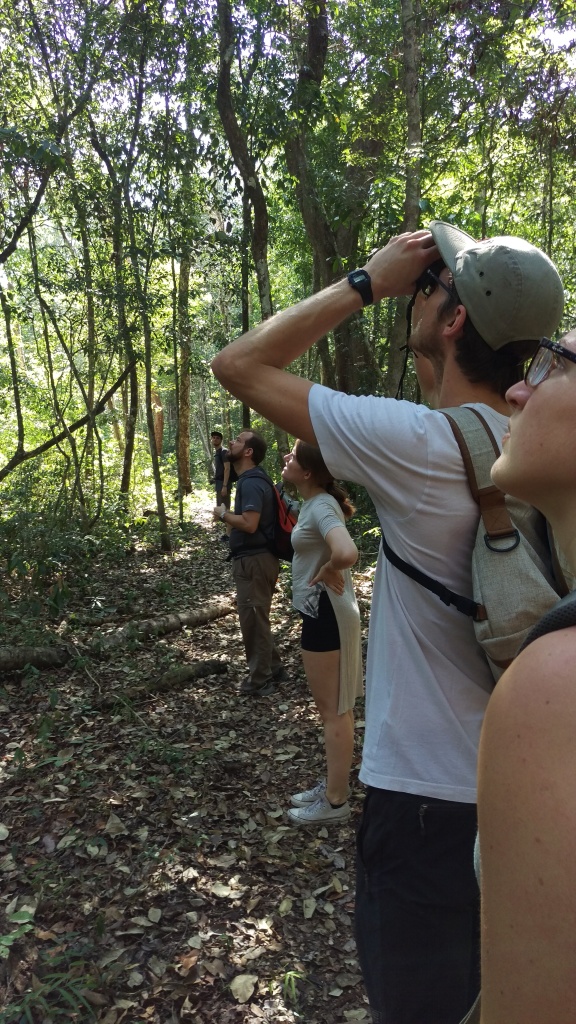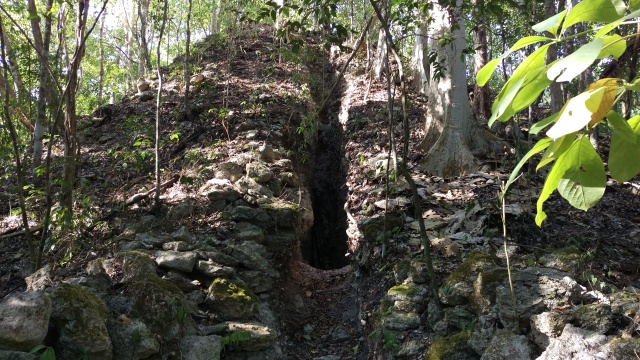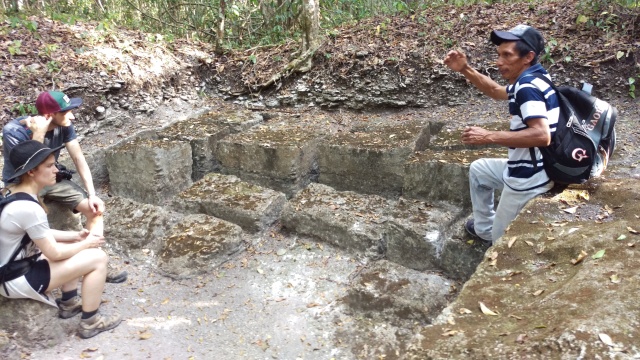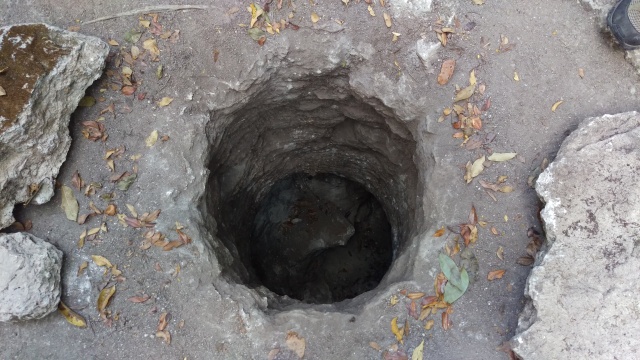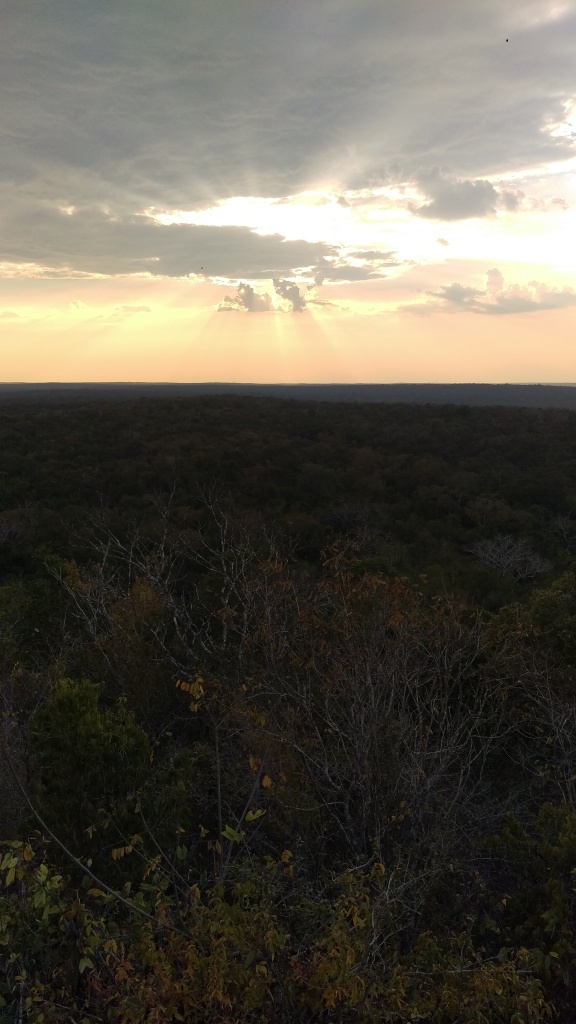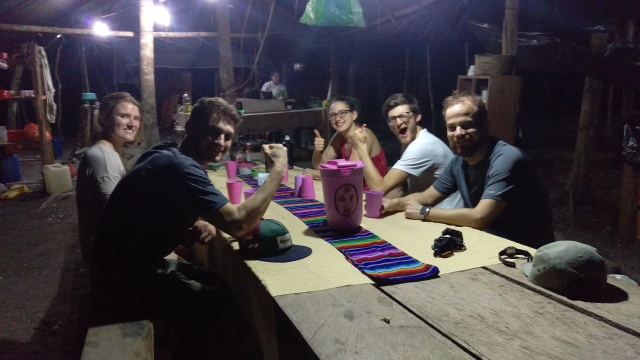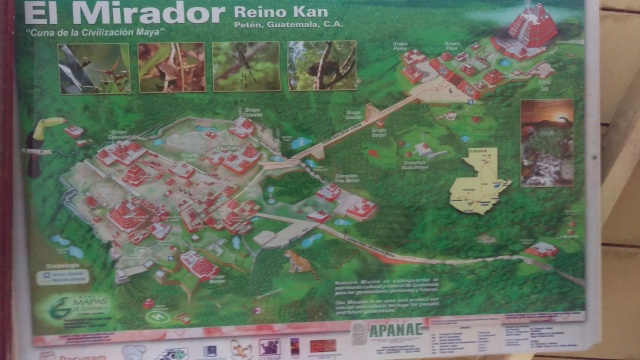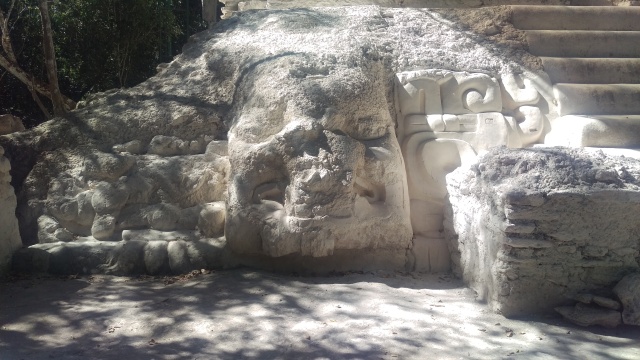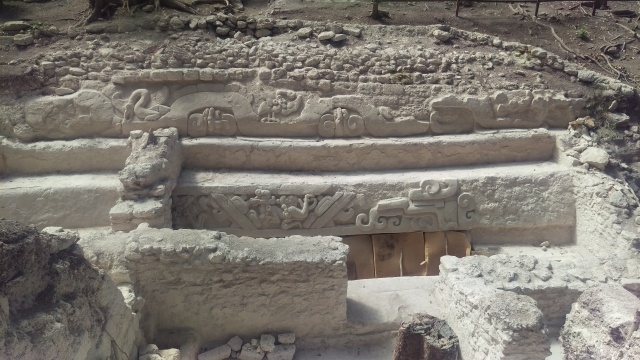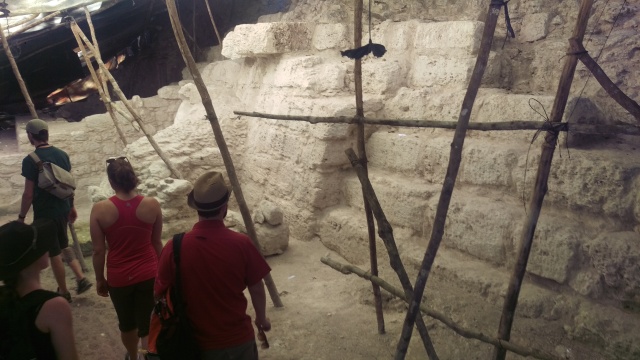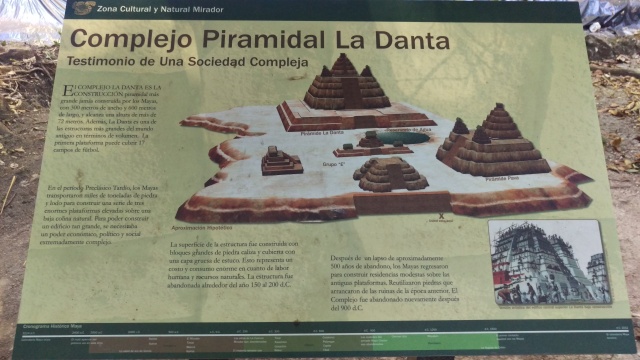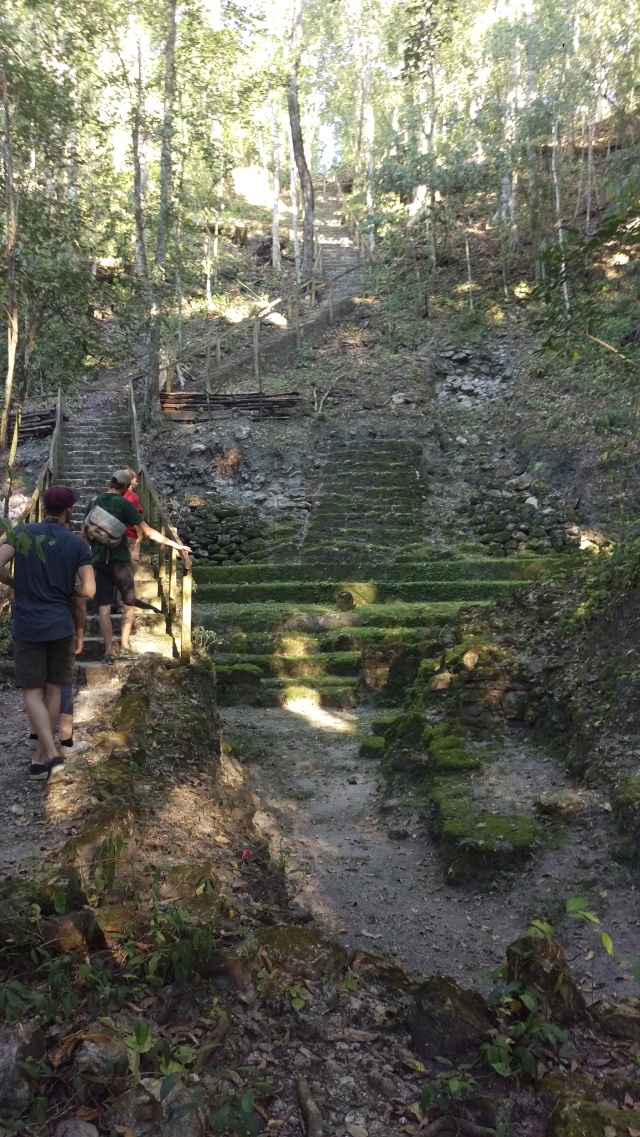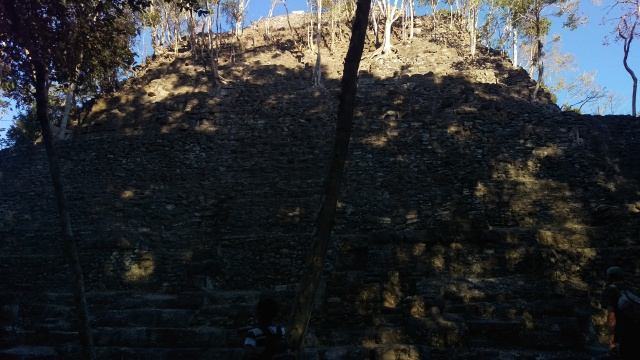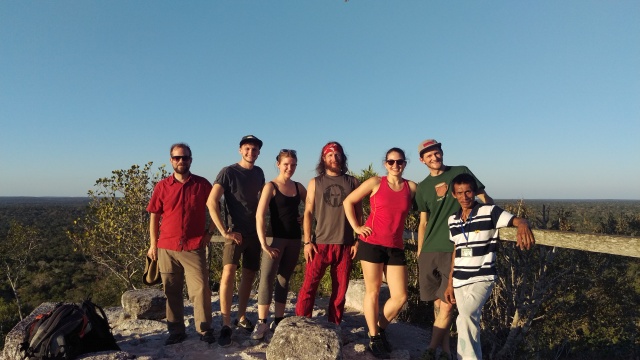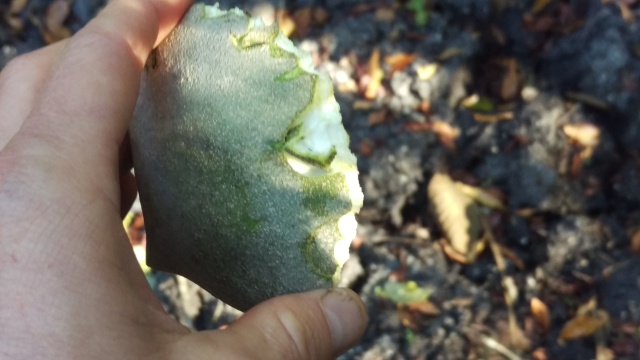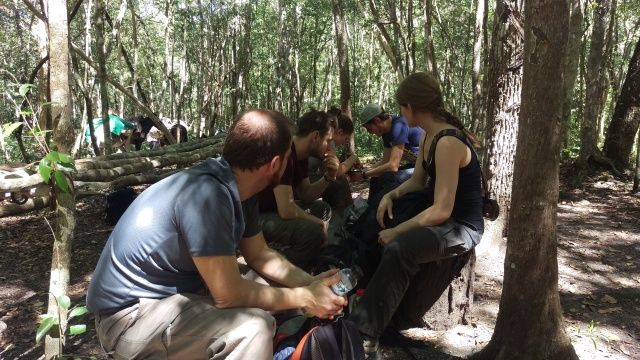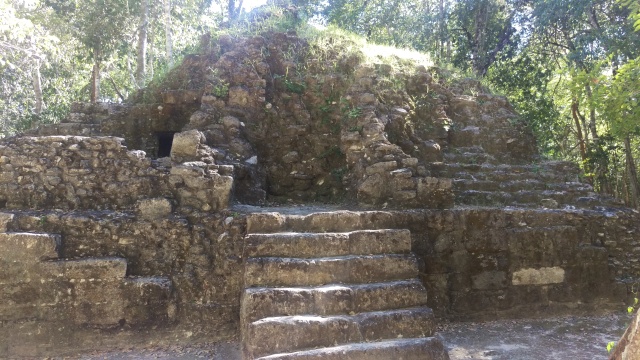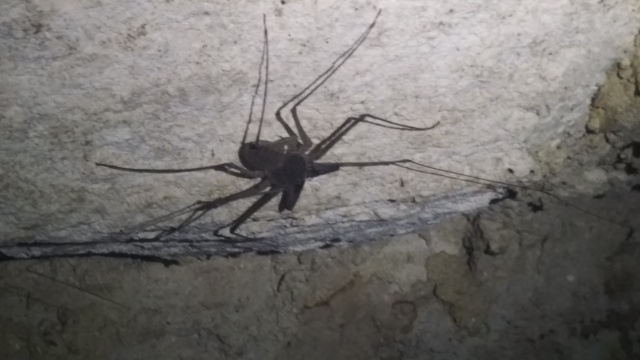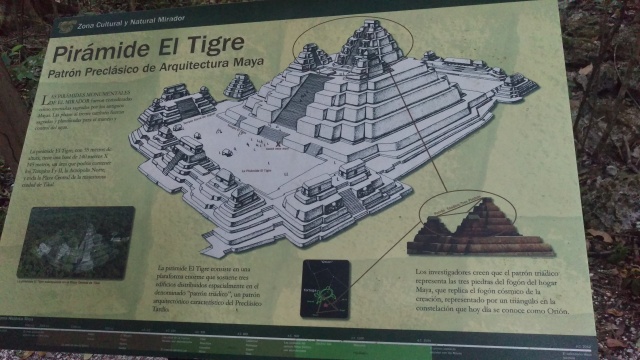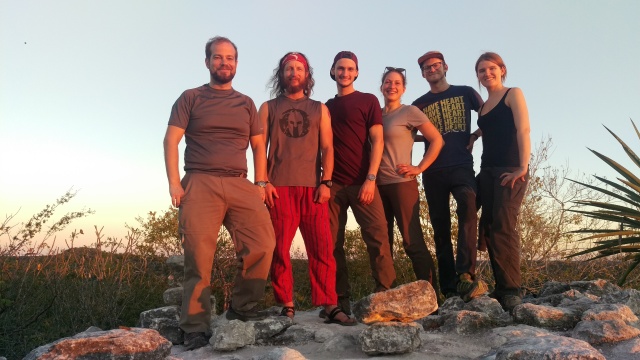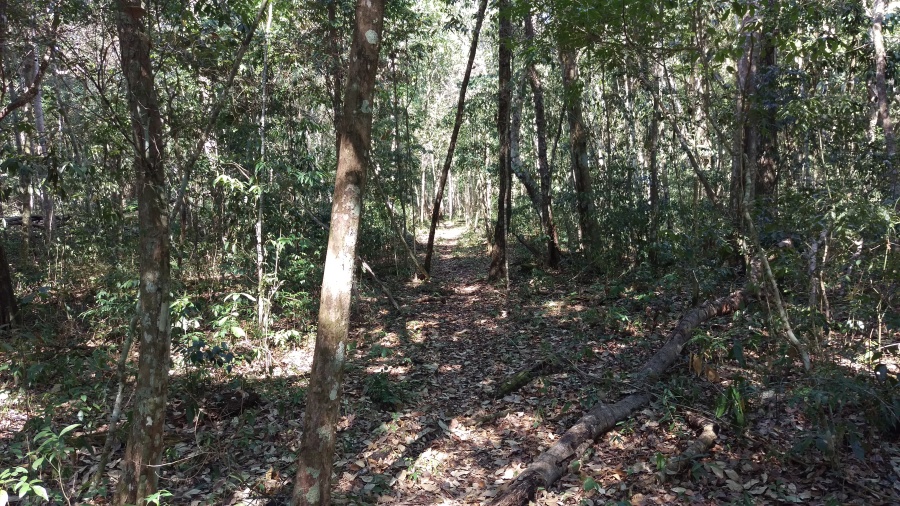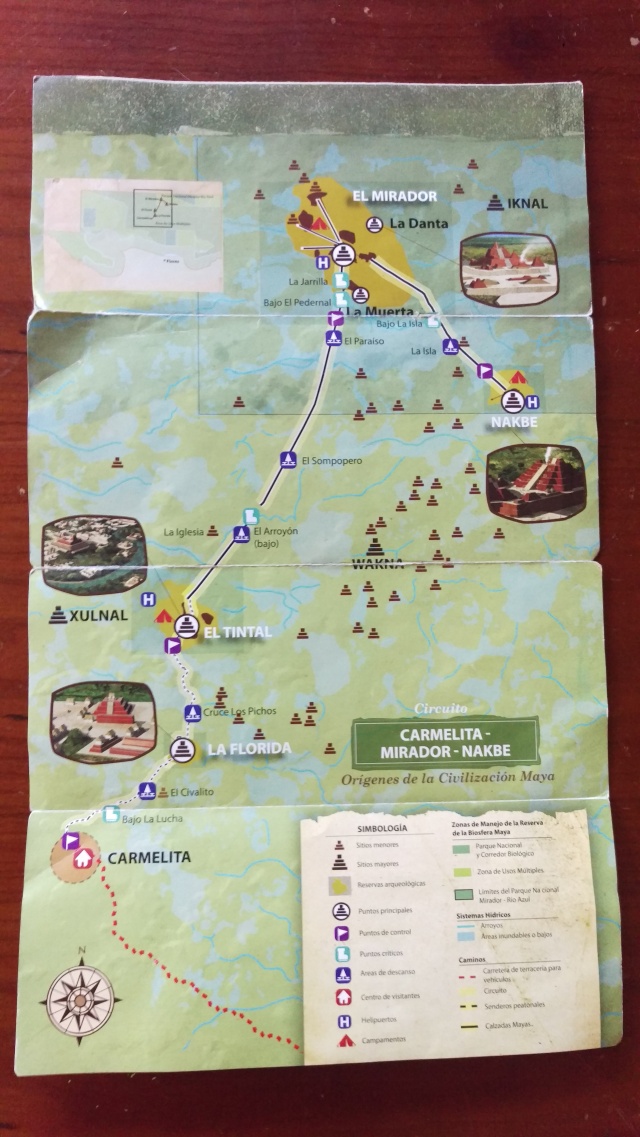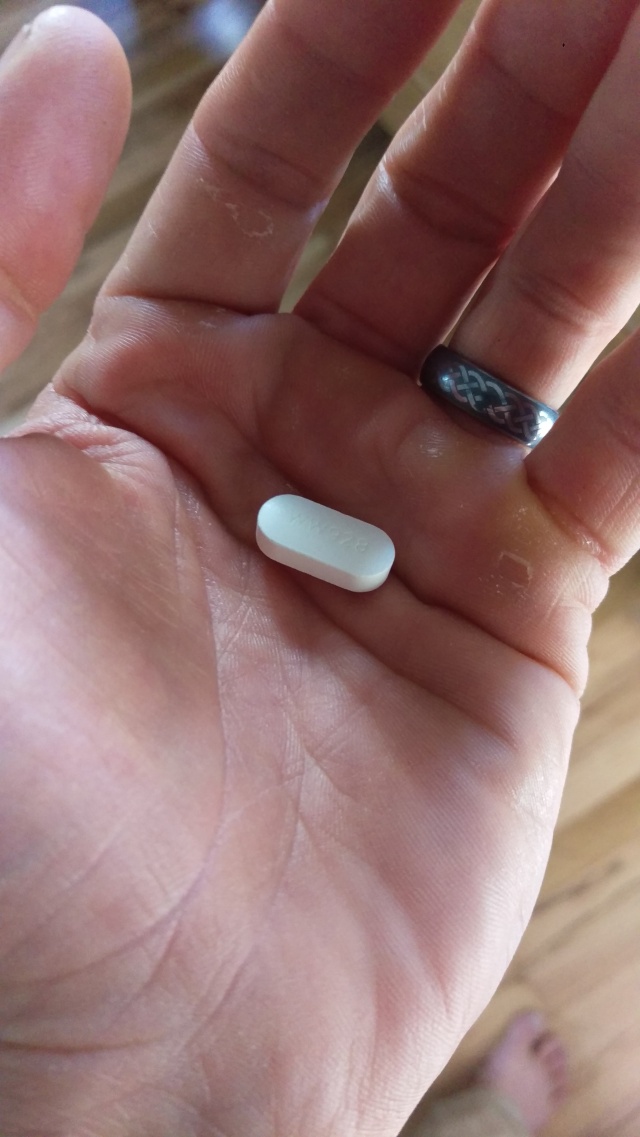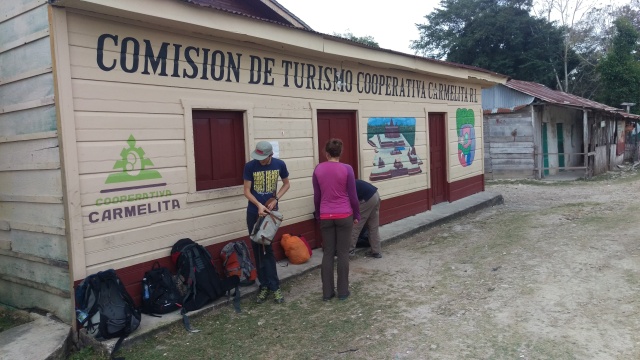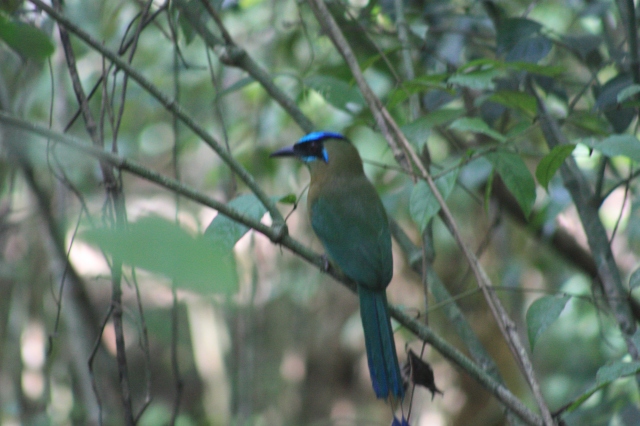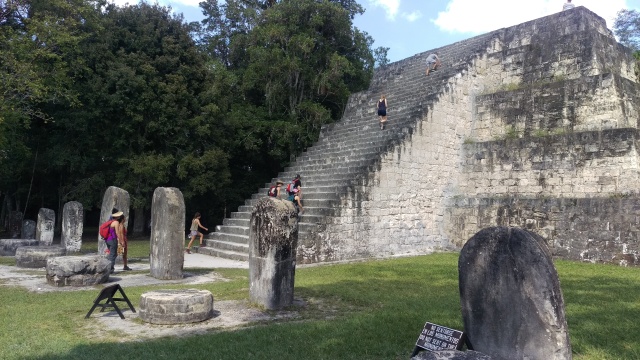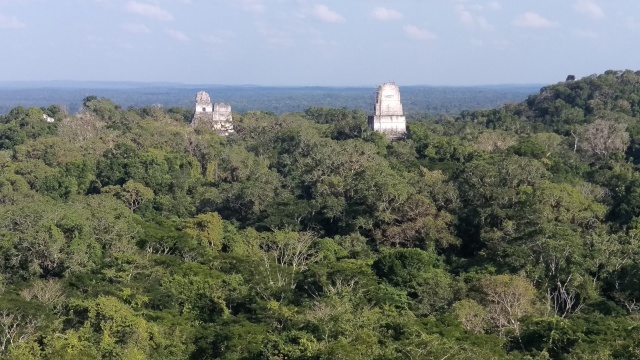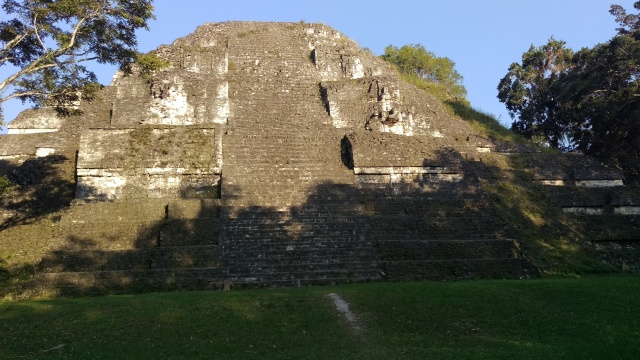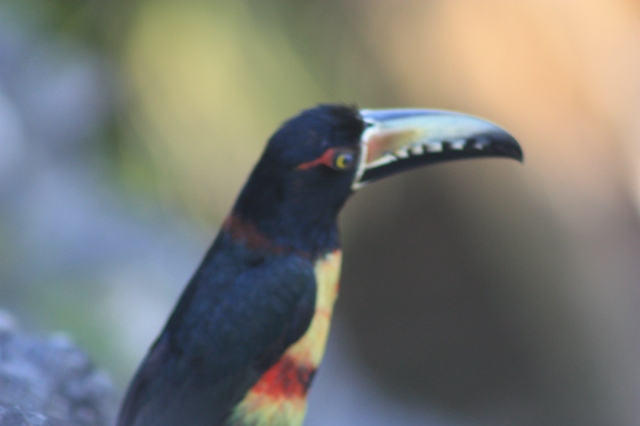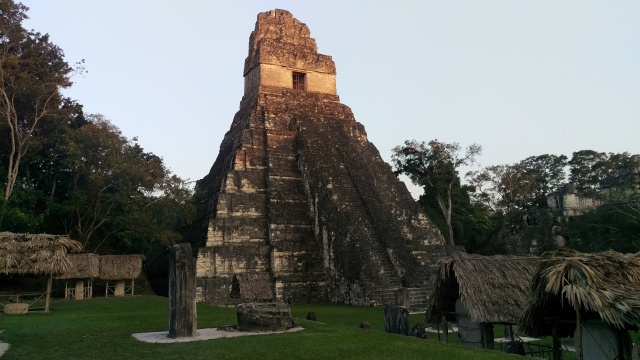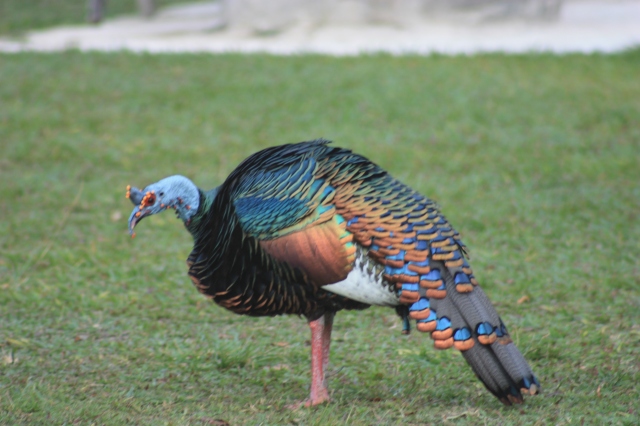Last February I went to Belize, in part to see the incredible array of birds that live there. This post documents my efforts to see the iconic and endangered Scarlet Macaw.
In the fall of 2017 I came upon the book The Last Flight of the Scarlet Macaw by Bruce Barcott. It centers on the events of the mid-2000s, during which the government of Belize wanted to build a dam that would have disturbed and destroyed habitat for the Macaw, which is endangered. Because Belize is such a small country, it is dependent on its neighbors, especially Mexico, for energy. The dam was a way for Belize to become more independent.
The book was fascinating and re-ignited my interest in seeing the Macaw. On my trip to Guatemala in 2017 I’d hoped to make an excursion into Honduras to try to see the bird, but it didn’t work out. So when a buddy suggested we check out Belize, I was all for it.
The prime place in Belize to see the bird is the village of Red Bank, in the south-central part of the country. Fortunately for me, it was only an hour or so drive from Cockscomb Basin, where I’d been camping and birding for the previous days.
Leaving the Mayan Mountains behind in the clouds, it felt good to be out in the sunshine again. The scenery was flat pine savannah, and Turkey and Black Vultures circled over the highway as I drove.
I reached the village in the early afternoon and pulled into the Scarlet Macaw B&B. The owner, Florentino Sub, came out to welcome me to the village. It was a quaint place, with Mennonite farmers rolling down the road in horse-drawn carts. The B&B was also a quiet, simple place. Six rooms were at one end of what looked like a meeting house, and the bathroom and shower were just outside. A thick layer of palm fronds comprised the roof.
After paying for the night and arranging for a tour the next day, Florentino showed me the short nature trail that wandered through a small wooded area behind the building. Acorn Woodpeckers squawked overhead, joined by Brown Jays. A Collared Acarari (a kind of small toucan) darted from a treetop into the sunlight, highlighting its yellow and black beak and bright red rump.
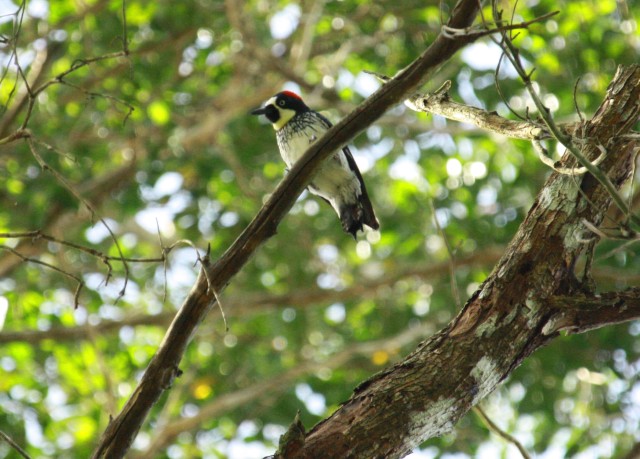
Once I completed the loop I sat on the back stoop of the building and took in the view. It wasn’t much to look at at first glance, but was actually great habitat. In several hours of sitting there, I saw 24 species of birds, 3 for the first time (Ruddy Ground-Dove, Golden-Hooded Tanager, and Red-lored Parrot).
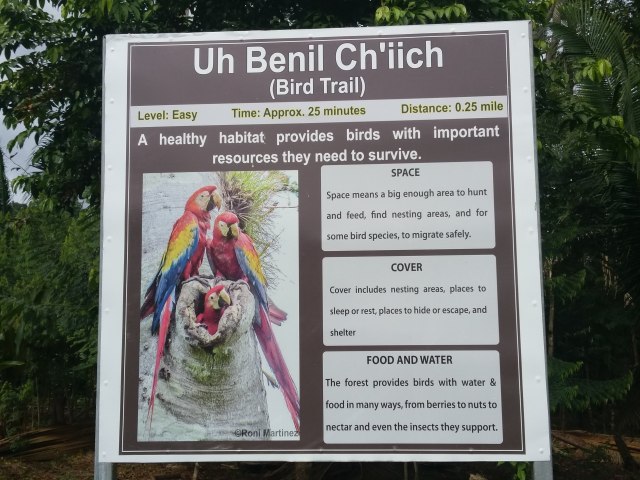
In a remarkable coincidence, a pair of Painted Buntings showed up, a year to the day after my first sighting of one in Guatemala. At that time they were the bird I most wanted to see in North America. Now it was the Scarlet Macaw.

Just before sunset Florentino appeared from his family’s quarters, and lifted a finger to the sky. He came over to me and said he’d heard the Macaw; since all the birds here were new to me, I didn’t notice. We walked to the edge of his property and looked at a hill to the west, where he said they liked to gather. But after ten minutes we didn’t hear them again. I hoped we’d have better luck tomorrow.
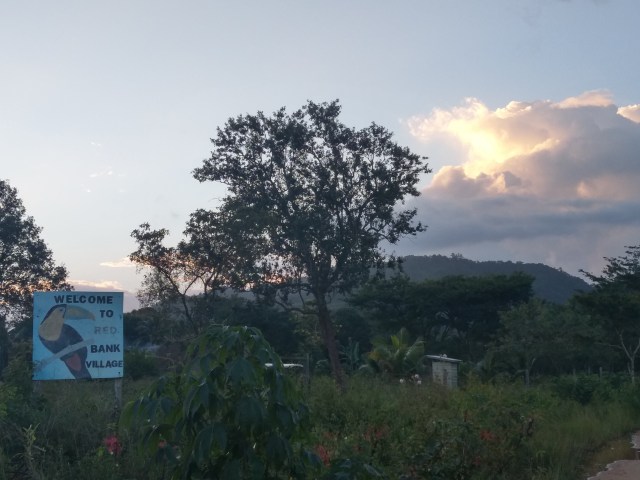
For supper Florentino’s wife made me a pleasant dish of rice and beans. He joined me as I ate, and we talked about his history with the bird. He had realized in the early 2000s that preservation of the bird and its habitat would not only help the bird, but also the community. He has worked since to keep the hills west of town undeveloped, which is no easy feat in an economy that is struggling. Make no mistake: Red Bank is one of the front lines in wildlife conservation.
The next morning I was up just after 5, as the gravel trucks were also starting to run at that hour. It was raining again, so I wondered if we’d have any chance to see the bird.
Though we were supposed to leave at 6, it wasn’t until nearly 7 that we took off in my rental car. Instead of Florentino, who was blind in one eye, I got young Rojelio (“Ro”) as my guide. He was in his twenties and wore a perpetual smile. We’d talked the previous day and I’d liked him right away.
We drove through town and up the grade to the west, between the hills we could see from the B&B. We stopped at the top, at a wide spot in the road. It was overcast and looked to start raining again any second, but we had time to watch some Keel-billed Toucans and some Red-lored Parrots. Bright blue flutterings from the bushes proved to be Indigo Buntings. But no Macaws. Then the rain came.
Ro suggested we got further west, to Florentino’s farm to check out the birds there and give the Macaws time to show up. So we drove out the muddy road into the green hills without getting stuck in the numerous puddles, and stopped whenever something fluttered in the foliage along the road. Somehow Ro spotted a Groove-billed Ani as I drove, and I got a glimpse–the first one I’d ever seen one.
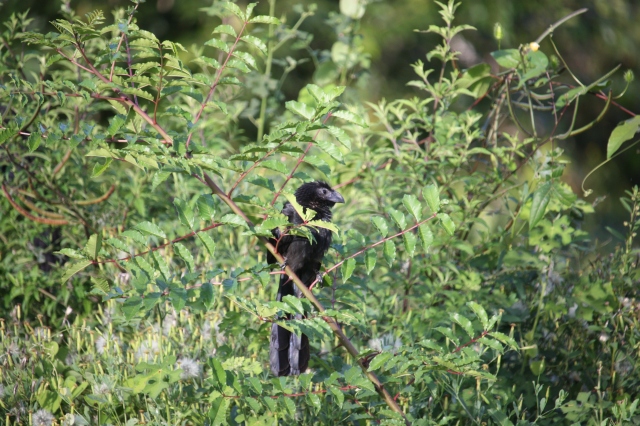
When we reached the river crossing we pulled into a small drive that accessed the farm. The rain had ceased, so out we went.
The birds were as numerous here as at Cockscomb Basin, but fortunately I now knew some of their names. Ro was a great spotter, and we had a good time making our way through the farm. We reached a small shelter just in time for yet another shower, during which I saw a pair of Golden-Olive Woodpeckers for the first time.
By the time we left the farm, I’d seen 25 birds, 6 of them lifers. Even if the weather wasn’t cooperating, the birds sure were. And now the sky was clearing, holding a promise of more bird activity. Another guide showed up with his clients, and told us they’d seen 13 Macaws just outside of Red Bank. Ro and I jumped in my ride and took off for town.
But the closer we got to town the more ominous the weather looked. A dark squall line filled the eastern sky. He had me stop on the edge of town and we got out. It was sprinkling, so I left my camera inside.
A loud SQUAWK! punctured the air above us, and Ro spotted one of the Macaws high up on the hillside. I got a glance before it moved out of sight. Then two more flew from the same tree, back to the west. They were huge and unmistakable in flight. The green backdrop highlighted their brilliant red and blue feathers. The word majestic came to mind. And then they were gone. Within a minute, the rain was on us.
It was a long wait in the car, or it seemed so. Ro and I chatted, but the rain brought with it a heavy atmosphere. I was glad I had gotten a glimpse of the birds, and felt that I could leave satisfied. But Ro was determined that I have a better look.
About half an hour later the sun began to poke through the clouds and the rain stopped. As quickly as the rain left, so the sun came out. We got out and glassed the hillside, listening intently for a macaw call.
Once again, Ro’s eagle eye came through, and we could see the red from one of the birds way up the hill. He turned to me, and with a smile told me “Let’s go for a hike.” A narrow trail led straight up the hillside. The ground was saturated, and Ro had a tough time in his galoshes. I fared a bit better in my trail running shoes, but still slipped.
At the first fork in the trail, Ro led us to the left, towards the snag in which we earlier saw the birds. Sure enough, as we neared an opening the bright red feathers were visible through the foliage. We weren’t far, perhaps 50 feet away, but did not have a clear sight of the bird. So we backed off and went up and around some more.
Higher on the hill, we once again worked our way over to the dead tree. Where once had been a lone bird, now 3 Scarlet Macaws sat in a row. Ro turned and smiled at me—success! We were on the level with them, and had a decent view. Ro pulled back some branches for me to get some photos, and after that, we stood in silence for a few minutes and admired them through our binos.
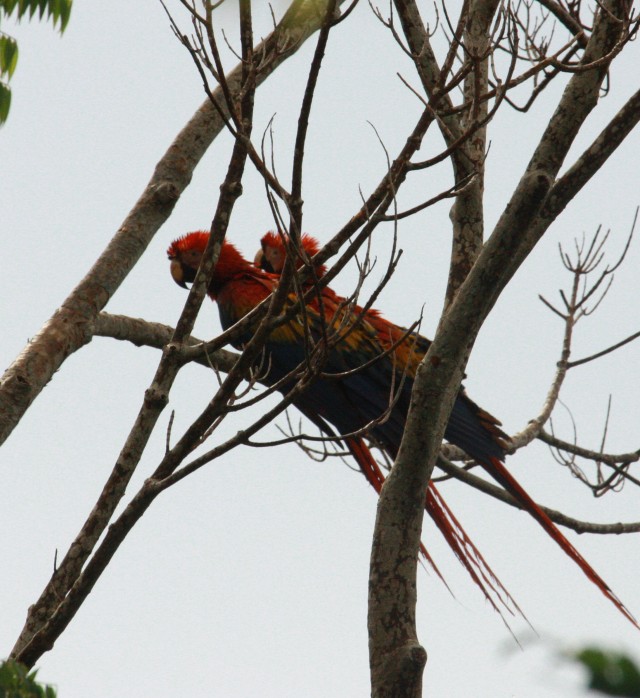
I had hoped to see them for a while, but never thought I’d be so struck by the sight of them. We were about 40 feet away, far enough that they didn’t notice us (or didn’t care). They looked so big and brilliant, a bird of the gods if there ever was one. I wanted to pinch myself to make sure I wasn’t dreaming. They were gorgeous.
We hiked back down in silence, avoiding any major falls on the slick trail. As we got to the car Ro asked if I got some good pictures. “I think so,” I told him. I knew the pictures wouldn’t win any awards, but they would always serve as a reminder of one of the most beautiful things I’d ever seen.
The Scarlet Macaw is the second rarest bird on my Life List, after the California Condor. It goes without saying which is the more charismatic. But it’s worth noting that the arc of the Condor’s existence was also nearly brought to a halt by the hand of man, and that because of man’s efforts its numbers are growing (slowly) once again.
I can only hope the same is true for the Scarlet Macaw. A world without it is poorer for the loss.


